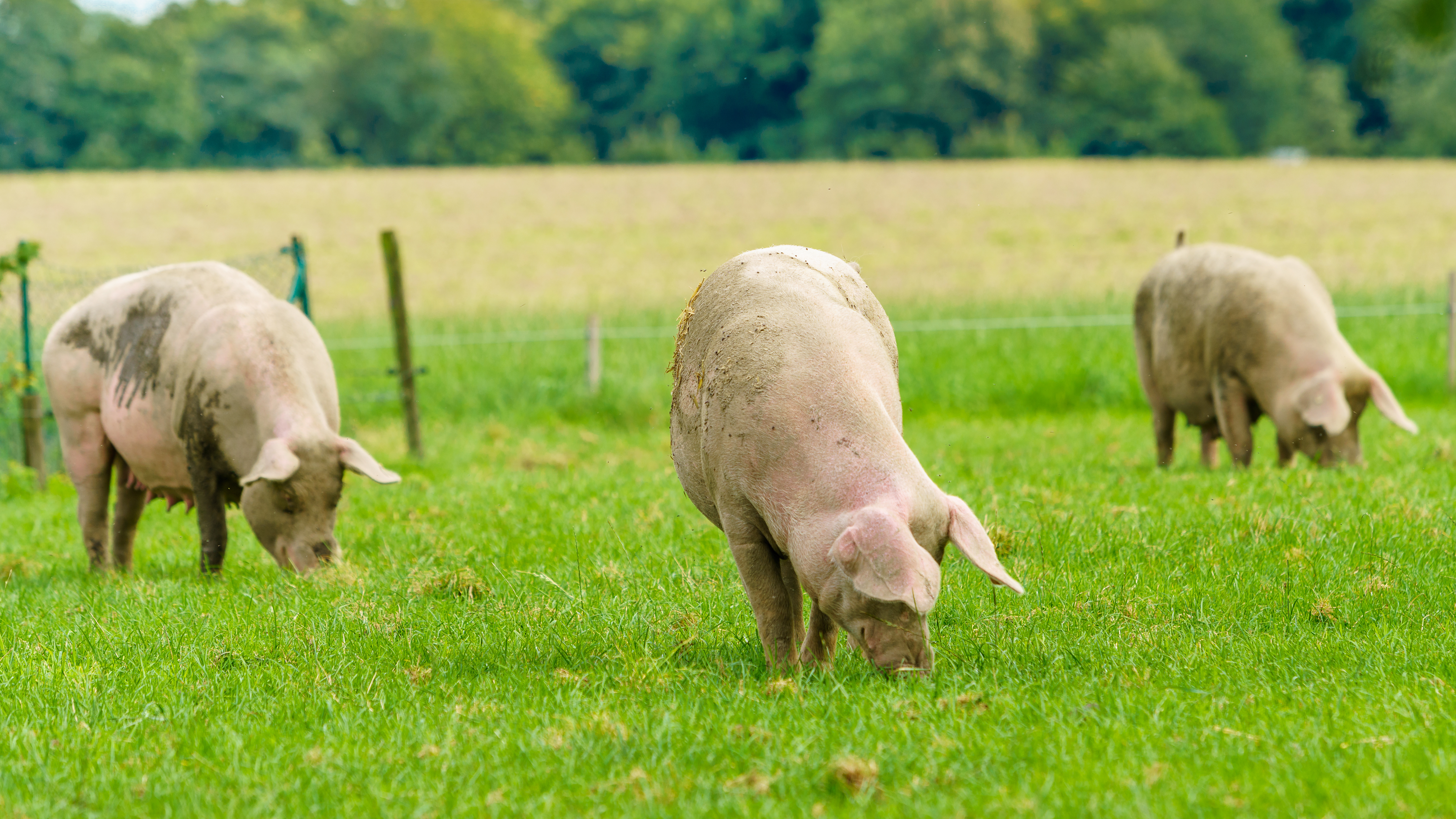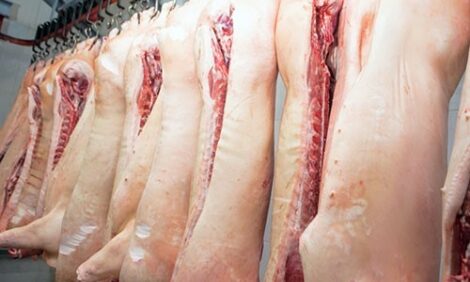



Increased fibre content increases Threonine requirement
A researcher with the University of Saskatchewan says, as the fibre content of swine rations increases so does the requirement for Threonine, especially when pigs face disease challenges.In response to the increased use of high-fibre byproducts, such as wheat mill run in swine rations, researchers with the Prairie Swine Centre, the University of Saskatchewan and the Western College of Veterinary Medicine are evaluating the requirement for the amino acid Threonine, to maintain efficient growth, especially when pigs are challenged by disease.

Speaking to Farmscape, Michael Wellington, PhD candidate in the University of Saskatchewan's Department of Animal and Poultry Science, explains when an animal gets sick it will prioritise the function of the immune system and direct nutrient availability toward responding to the immune system function.
"For example, when animals are sick with a bacterial disease and they need to respond with their immune system... they will try to channel amino acids from the diet." explains Wellington.
"But when that is not available, they will... break down the muscle to direct those amino acids or nutrients. These nutrients are supposed to allow the immune system to produce the immune cell, which are basically proteins, whilst also providing enough energy for the immune system to function.
"In the absence of enough nutrients during periods that animals are sick, we are going to have muscle breakdown which means that instead of animals growing, they will be channelling nutrients into supporting the immune system and that is just for maintenance function.
"That is what we are trying to solve by making sure we are able to supply the animals enough nutrients that when they go into situations of disease they will be able to maintain growth even as they are able to respond to the immune systems."
Wellington says, when including fibre at 15 percent in the diet, the need for Threonine increases by about 20 percent and, when these animals are challenged by disease, such as Salmonella, the Threonine requirement increases by another 12 percent.








